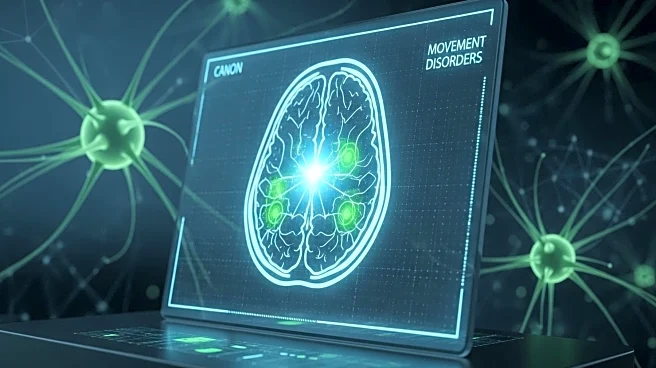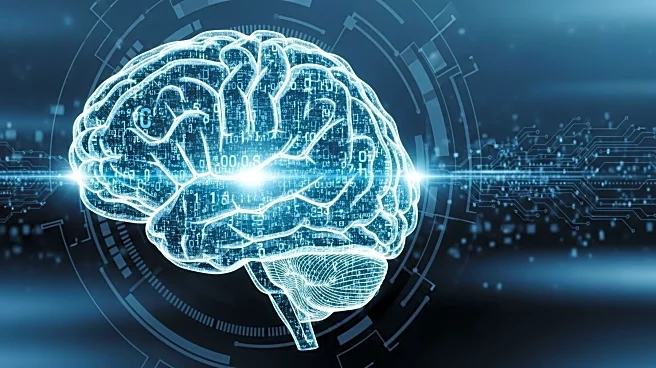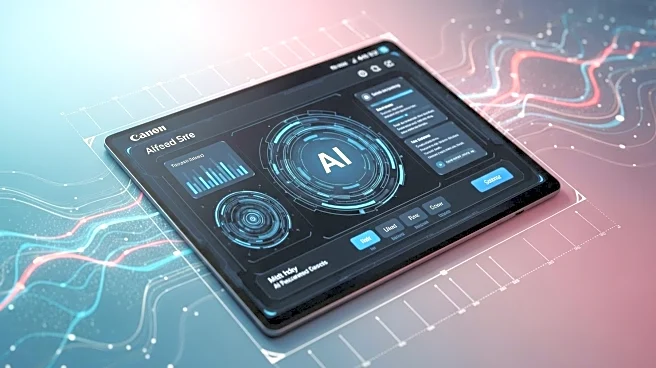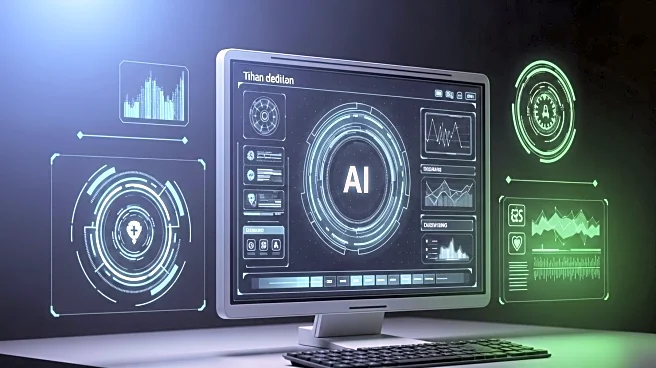What's Happening?
Artificial intelligence (AI) technologies initially developed for behavioral health are now being applied to assess and monitor movement disorders. This cross-application of AI leverages computer vision, natural language processing, and acoustic analysis to detect subtle patterns in patient expressions, speech, and behavior. These technologies have shown promise in detecting conditions like depression and anxiety with high accuracy. The same AI systems are now being repurposed to quantify motor symptoms associated with movement disorders such as Parkinson's disease, essential tremor, and Huntington's disease. Recent studies have demonstrated the effectiveness of AI in early detection and continuous monitoring of these disorders, providing a more detailed longitudinal profile than traditional clinical assessments.
Why It's Important?
The application of AI across different medical domains represents a significant advancement in healthcare diagnostics. For pharmaceutical companies, this technology offers a transformative opportunity to measure drug efficacy through continuous, objective data collection rather than relying solely on subjective patient reports. This could lead to enhanced endpoint measurement, earlier efficacy signals, reduced sample size requirements, and the possibility of remote decentralized trials. The ability to continuously monitor patients from home expands geographic reach and reduces dropout rates, potentially improving clinical trial efficiency and cost-effectiveness. This approach could revolutionize how treatment responses are measured and accelerate therapeutic innovation.
What's Next?
The integration of AI technologies into clinical trials and drug development is expected to continue, with companies exploring novel digital biomarkers as exploratory endpoints. However, challenges remain, including regulatory uncertainty, data privacy concerns, and the need for clinical validation of new digital biomarkers. Addressing these issues will be crucial for the widespread adoption of AI-driven assessments. Additionally, ensuring health equity by providing access to smartphones and broadband internet across diverse demographic groups will be essential to prevent disparities in who benefits from these technologies.
Beyond the Headlines
The convergence of AI technologies for behavioral health and movement disorders highlights the potential for unified digital biomarker platforms. This trend could lead to further cross-pollination between medical domains, breaking down silos and accelerating innovation. As AI systems become more sophisticated, they may offer new pathways for detection, treatment, and understanding of complex neurological and psychiatric disorders. Companies and researchers who leverage these connections will be positioned at the forefront of therapeutic innovation.











